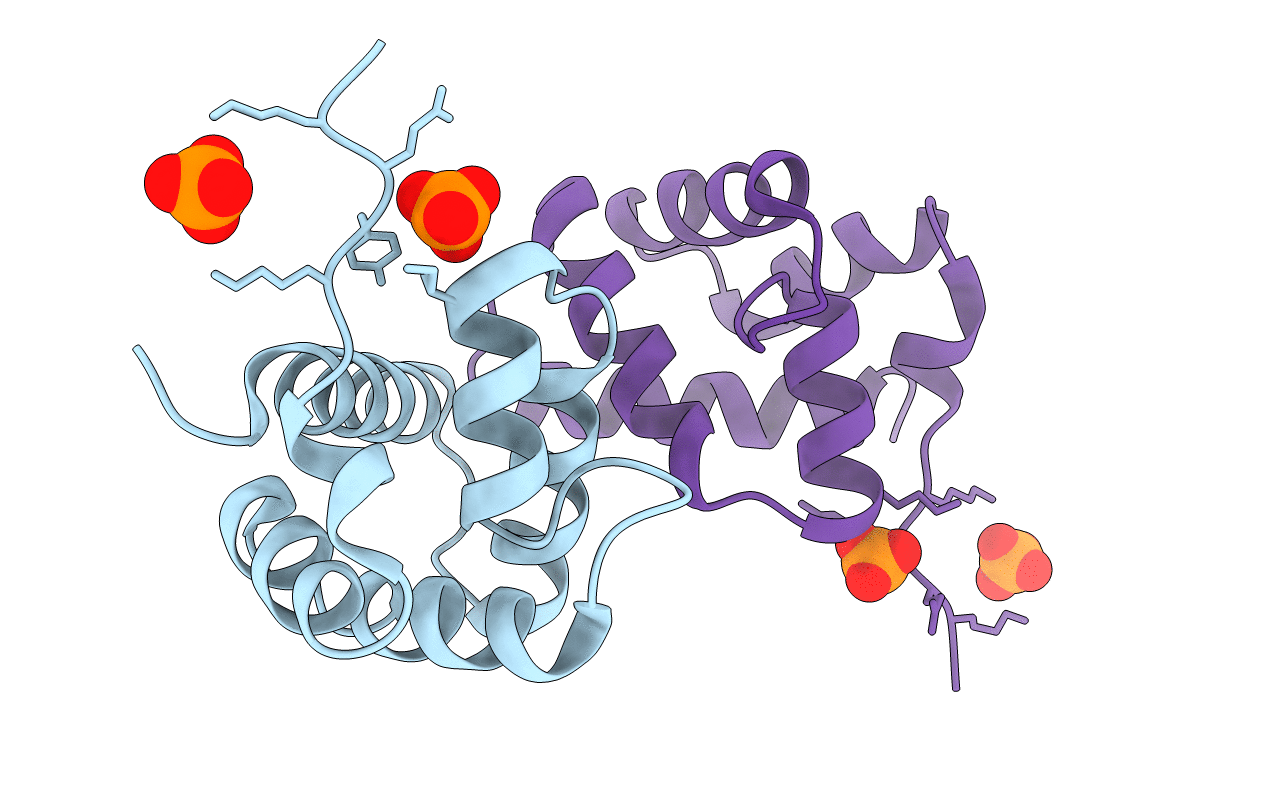
Deposition Date
2008-12-03
Release Date
2009-03-17
Last Version Date
2024-11-13
Entry Detail
PDB ID:
2W50
Keywords:
Title:
N-terminal domain of human conserved dopamine neurotrophic factor (CDNF)
Biological Source:
Source Organism:
HOMO SAPIENS (Taxon ID: 9606)
Host Organism:
Method Details:
Experimental Method:
Resolution:
1.60 Å
R-Value Free:
0.24
R-Value Work:
0.20
R-Value Observed:
0.21
Space Group:
P 1 21 1


